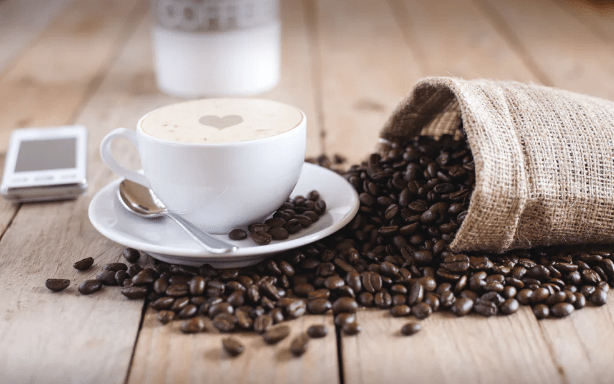A Quick Guide About the Different Types of Coffee Roasts
Coffee is probably the most popular drink in the whole world as there isn’t a more generally adored hot beverage than coffee; regardless of whether it is consumed as an early morning pick-me-up or mixed with a late-night treat. According to research, more than 50 percent of Americans aged 18 and up to drink at least one cup of coffee every day. It is important to understand the various factors that contribute to the journey of a good cup of coffee.
Different Types Of Coffee Beans
Arabica, most likely popularised in 7th Century Arabia (the name makes more sense now), is really rather fragile and hard to cultivate, which means its predominance doesn’t always correlate to commodity pricing. High-quality Arabica, which is frequently sold under gourmet labels, is smooth and nuanced, with a noticeable shortage of bitterness.
Robusta is mostly grown in Indonesia and the African continent in the Eastern Hemisphere.
When it comes down to personal preference. Some all-arabica mixes taste too floral. However, robusta’s rich roughness can be beneficial in a mixture as it can break that edge. When choosing a coffee mix, keep in mind that robusta contains twice as much caffeine as arabica.
The Robusta coffee beans are worth trying if you’re seeking a coffee that works well with milk and sugar and tastes fine even when cooled. On the other hand, Liberica beans have a flavor that’s distinct and has a blend of fruity and floral flavors. Indeed, unlike any other coffee tasted, several coffee enthusiasts say that it has a quite smokey tang.
Light And Medium Roasts
The most common roasting methods start from light to dark, sometimes rarely, extra dark is a type.
Because of the shortened roasting process, light roasts offer a mild flavor comparable to toasted grains, with greater levels of acidity and somewhat more caffeine than deeper roasts. When brewing a light roast coffee, a pour-over method is recommended to allow the beans more time in the water and create a light and subtle taste. Also, Light roast is also known as Half City and it’s best served hot, either straight or with a dash of milk.
The medium roast is darker in color and offers a richer, more balanced taste profile. The most delicious roast is medium, and The experts at Black Ink Coffee mention that this roast is more appealing as it is very well-balanced and has a delicate natural sweetness to it. It is ideal for drip coffee or for a cold brew since the longer brew time brings out more of the flavor undertones. Because of the high-pressure extraction, medium roast may also be used for espresso.
Dark Roast
This roast yields lustrous black beans with an oily top and a strong bitterness. The lower the acidity found in the beverage, the darker is the roast. Dark roast coffees range from lightly roasted to burnt, and the terms are frequently interchanged, so double-check your beans before buying.
Dark roasts offer a deep dark chocolate color, a powerful toasted bread and cacao taste profile, low acidity, and less caffeine than light roasts. Dark roast coffees are quite suitable for fast brewing techniques such as espresso because the water passes swiftly through the grounds due to the longer roasting period. Instead of being excessively acidic or even burned-tasting, Dark Ground Espresso includes overtones of chocolate and dried fruit, also known as Continental.
Did you know that many people assume that dark roasted coffee is more powerful? Actually, dark roasts have the least amount of caffeine. Dark roasts are roasted for longer periods of time and at higher temperatures, lowering the caffeine concentration. This coffee roasting procedure might burn the coffee if not done correctly, which is not ideal. The temperature of these beans is at 230°C, which is considerably past the second fracture. Dark roasted coffee beans taste less acidic and seem greasy as a result of this.
Roasting Methods
In the majority of more traditional roasting operations, the so-called drum roasting is still utilized. Drum roasters of various shapes and sizes are now also available in smaller versions. The crude coffee is poured into a ringing drum. The drum is heated outwards, either electrically from wood or oil by combustion of fossil fuels. The revolving drum transmits heat to the coffee by direct contact with the beans on the surface.
Another method is hot air roasting, it is far more fast and efficient. Hot-air roasters are normally constructed as systems. It is composed of a big, punched drum on the interior with a twisted conveyor. At less than 800 celsius, the beans are roasted between one to five minutes before cold water cools the coffee beans. Although this approach permits unbelievable amounts of coffee, the quality can occasionally decrease significantly.
Keep in mind that different roasting processes may be employed in accordance with the condition of the raw coffee and the demands on the finished product. Remember that the ideal roast is a personal taste that might be impacted by preferences or location. In the end, your own taste will determine the coffee roasting outcomes you pick.





